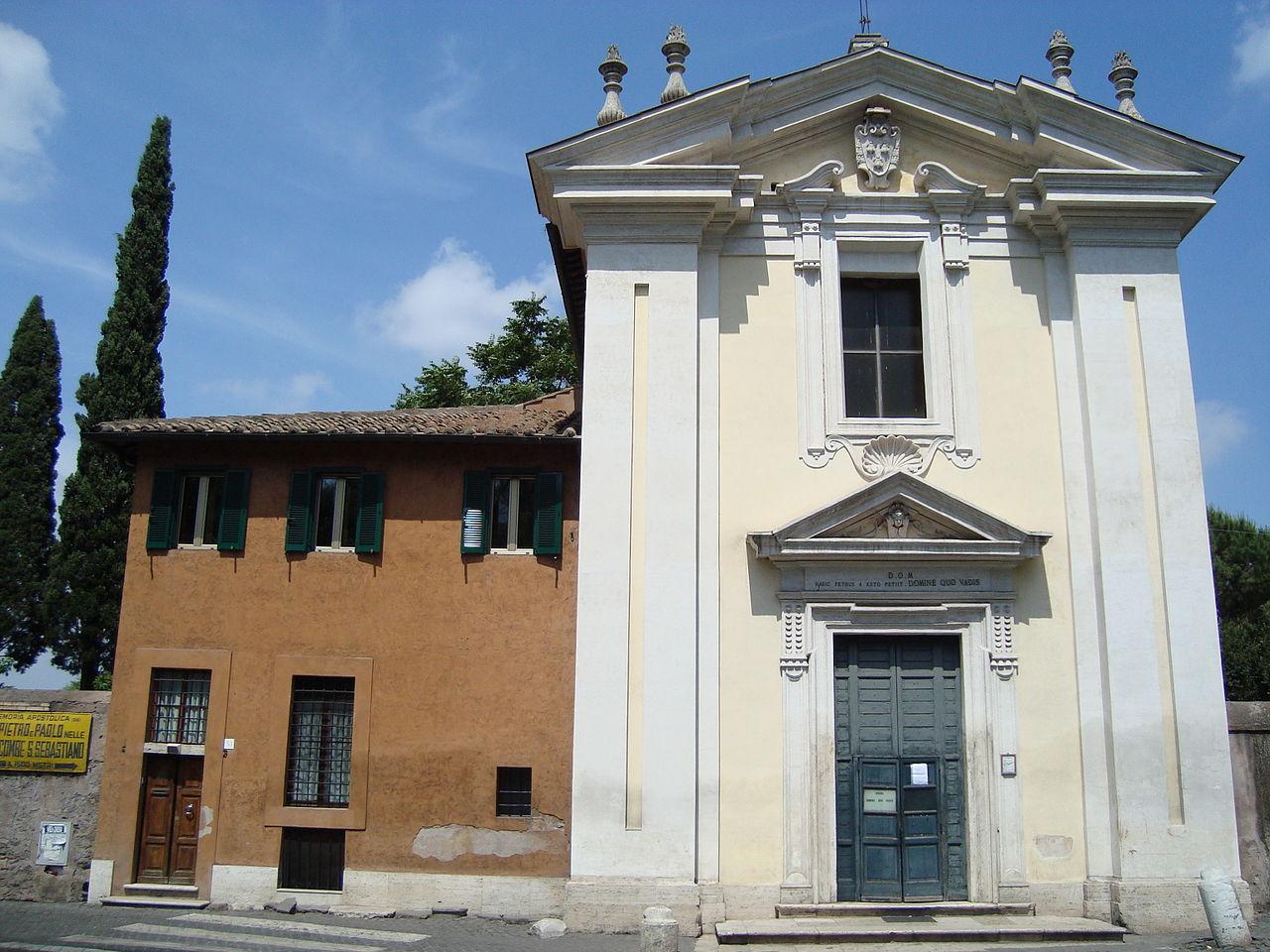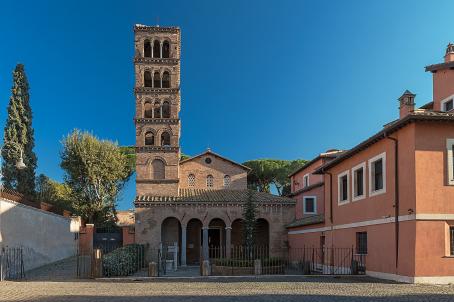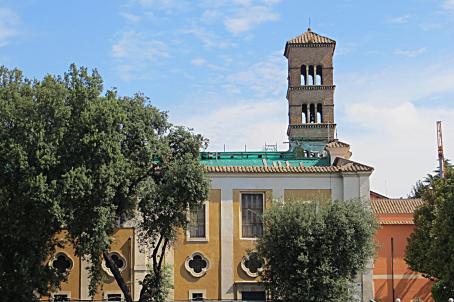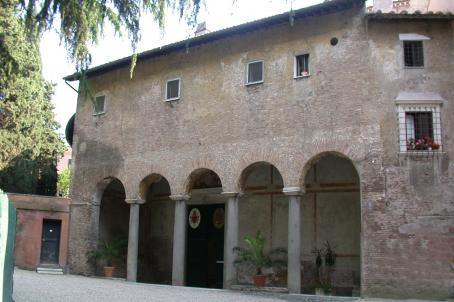Chiesa del Domine quo vadis

The church of "Domine quo vadis", or Santa Maria in Palmis, was founded in the 9th century. The present church is a 17th-century reconstruction. The church is currently run by the Congregation of St. Michael the Archangel, whose convent, also dating from the 17th century, is attached to the church. The façade is marked by two lateral pilasters; at the top is a tympanum and the Barberini coat of arms. A reduced tympanum is placed above the entrance door, which in turn is topped by a large window.





